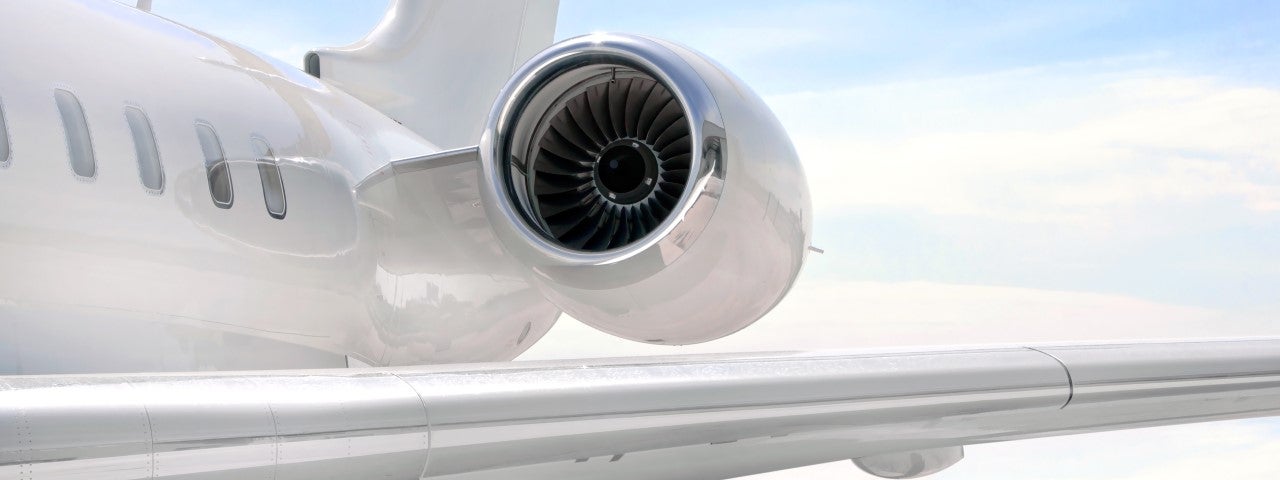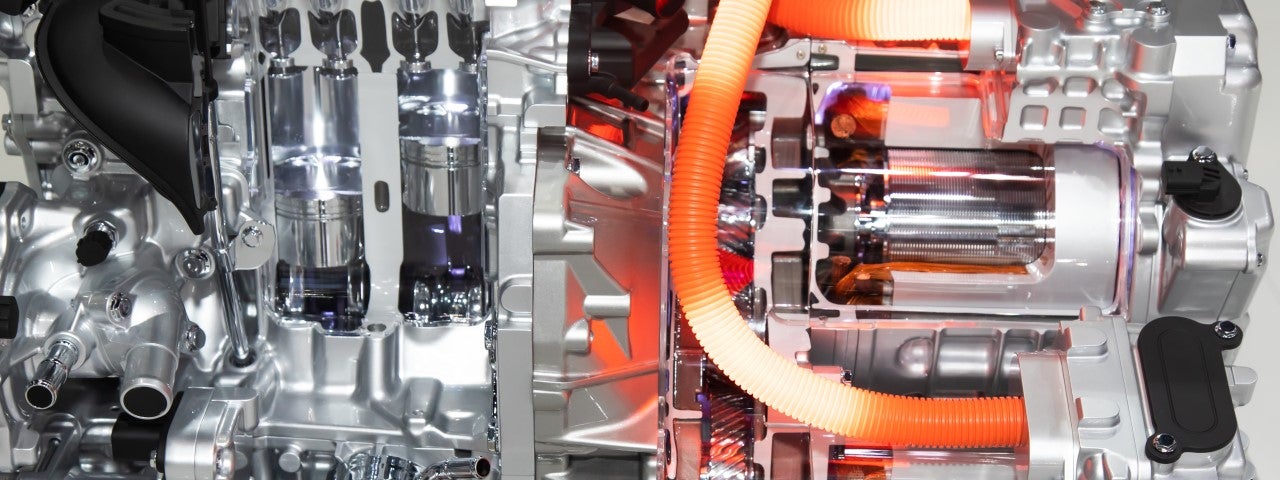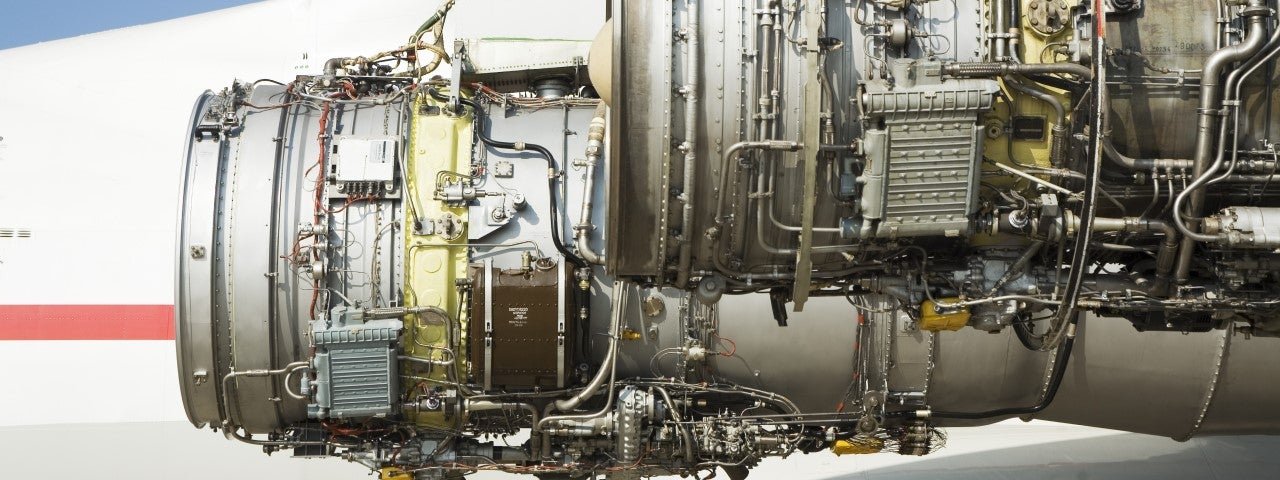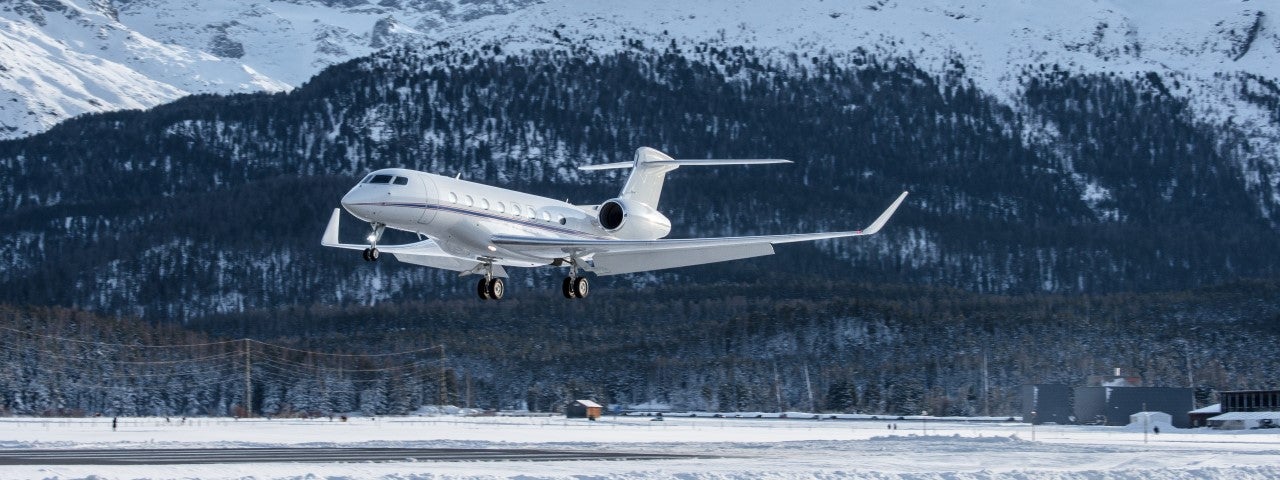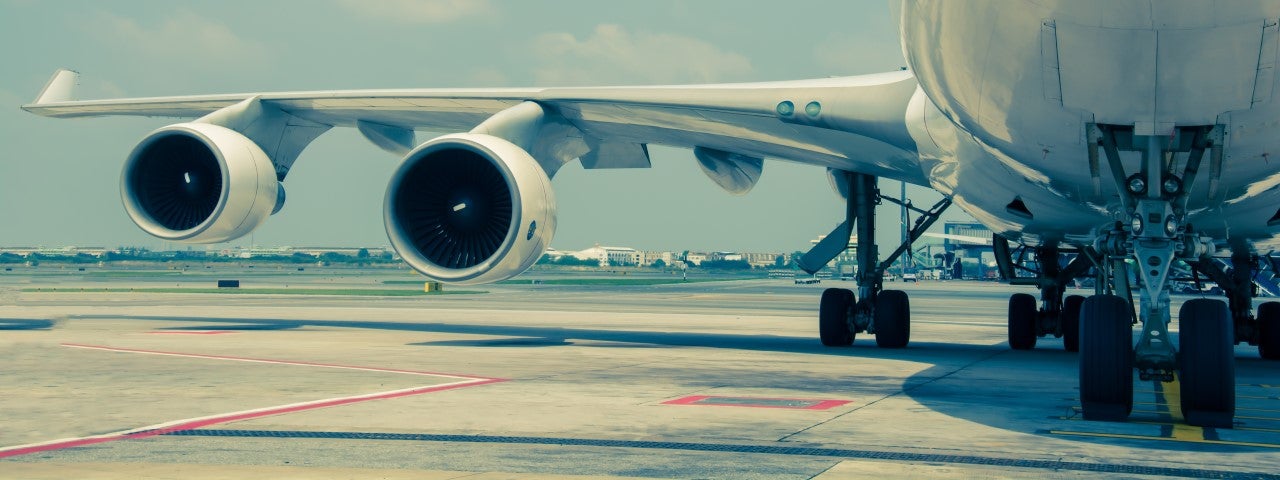How Close Are We To Having Electric Planes?
Electric aircraft may sound pretty futuristic, but the first first-ever electronically powered flight took place way back in 1883 and, recently, there’s been a push to create commercial electric planes designed to carry passengers. The first electric aircraft may even be in operation as soon as 2026.
We take a look at the future of electric planes, how close we are to having them in our skies, how they work, and the technological hurdles that still prevent their commercial viability.
Electric passenger planes are already a reality
Following the signing of the Paris Climate Accords in 2016 – which aims to achieve net-zero carbon emissions by 2050 – investment and innovation in electric-powered technology were ramped up. Now we’re just a few short years away from electric aircraft flying paying passengers around the world.
Countries such as Denmark and Sweden have already announced plans to make all domestic flights fossil-fuel-free by 2030, while United Airlines have bought 100 19-seater, zero-emission, electric planes from Swedish startup Heart Aerospace, which are set to take to US skies in 2026 – and that’s not all.
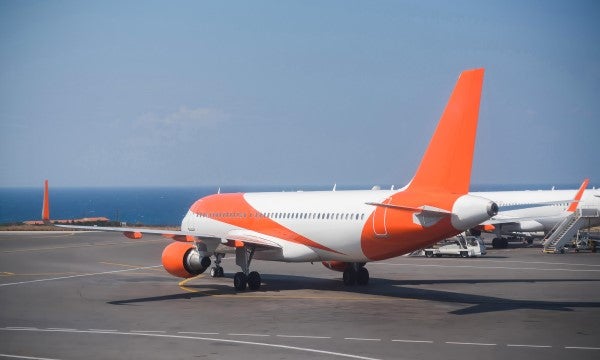
easyJet
easyJet’s fleet could include electric planes before any other major European operator. The budget airline’s partnership with US startup Wright Electric has led to the development of the Wright 1 – an all-electric, 186-seat passenger jet with an 800-mile range. The aim is to have an “easyJet-sized aircraft” that can carry an estimated 200 passengers by 2035.
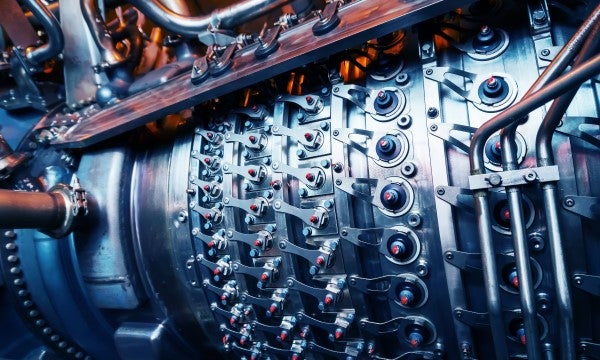
Rolls-Royce
Rolls-Royce’s electric plane, Spirit of Innovation, reached a record-breaking speed of 387.4 mph during its first test flight in 2021. Renowned for its superior jet engines, Rolls-Royce is at the forefront of the battery-powered revolution. It’s working closely with other aviation giants such as Airbus to create the next hybrid commercial aircraft. Rolls-Royce is developing, testing and innovating the technologies and systems to create electric propulsion and energy systems.
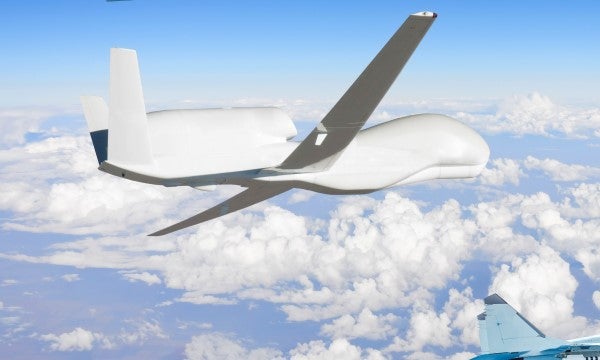
NASA
NASA’s electric plane comes in the form of the X-57 Maxwell. Each of this aircraft’s wings is lined with 12 electric motors with propellers to help lift the craft into the air, in addition to which there are two larger engines at the end to assist with the plane’s ability to cruise. NASA expects the X-57 MAxwell to have a range of roughly 100 miles, a cruise speed of 172 mph and a 40-minute maximum flight time. Meanwhile, the aerospace giant has partnered with GE Aviation as part of the Electric Powertrain Flight Demonstration (EPFD) program to mature a megawatt-class hybrid electric engine that could power a single-aisle aircraft. The aircraft will be powered by 800 pounds of rechargeable lithium-ion batteries.
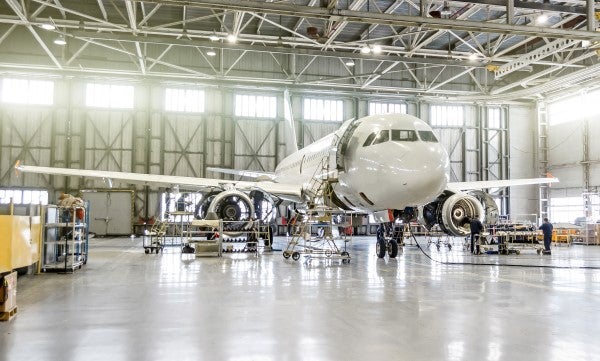
Boeing
Boeing has also tested an electric passenger air vehicle (PAV) of their own. The fully autonomous aircraft has a maximum range of up to 50 miles and was designed for Uber Air and their flying taxi service. Boeing subsidiary Aurora Flight Sciences has also been asked to provide aircraft modification, system integration and flight-testing services for NASA’s EPFD project.
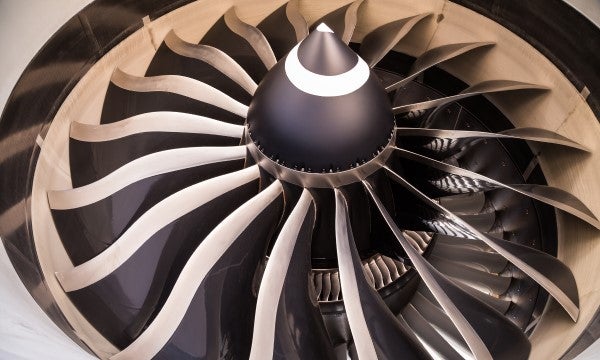
Airbus
In 2015, Airbus’ E-Fan 1.1 became the first electric plane to cross the English Channel. The company is now investing in developing hybrid-propulsion commercial aircraft with jet engines supported by battery power, such as the E-Fan X, while their EcoPulse project investigates how to minimize the amount of power each propulsor requires.
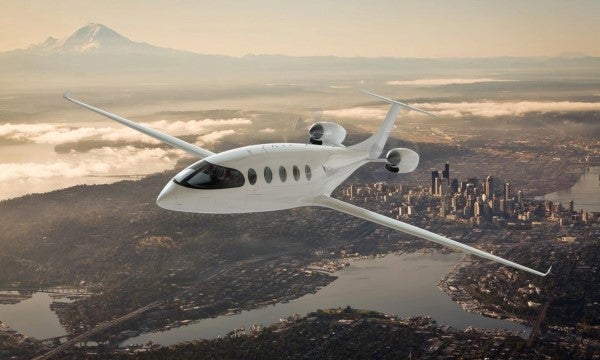
Eviation
An Israeli manufacturer constructed the world’s first clean sheet, all-electric design. The Alice is a nine-passenger, two-crew member aircraft that produces no carbon emissions, significantly reduces noise, and costs a fraction to operate per flight hour. The single-volume, high-energy-density Alice battery system is made from currently available battery cells and is not reliant on future advancements. The Alice took its maiden voyage on the 27th of September, 2022, from Washington’s Grant County International Airport. The zero-emission plane traveled at an altitude of 3,500 feet for the duration of the eight-minute flight.
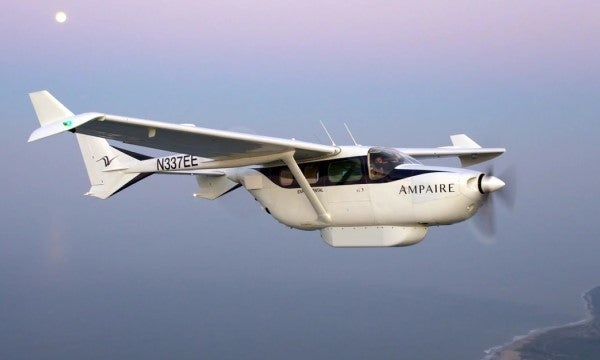
Ampaire
L.A. startup Ampaire’s Electric EEL is one of the first hybrid electric aircraft to win approval under the FAA’s experimental aircraft certification. Combining electric and jet fuel, the modified three-passenger Cessna 336 Skymaster completed a 341-mile test flight in 2020, which the company says is the longest-ever electric-hybrid flight for a commercial aircraft.
How do electric planes work?
Electric vehicles have been driven on our roads for years, but how do electric planes work?
Like their automobile equivalents, electric aircraft have motors powered by lithium-ion batteries instead of fuel. When electrically charged, a chemical reaction inside the battery causes lithium to release electrons, creating lithium ions. These then run from one side of the battery to the other (anode to cathode) and, along the way, power the attached device – in this case, a propellor.
This chemical reaction continues until all the electrons have reached the cathode, at which point the battery needs to be recharged using an external source of electricity to replace the used electrons and send them to the anode.
This process makes electric motors very powerful in short bursts but is not ideal when it comes to flying a heavy, long-haul commercial jet.
What are the challenges facing electric planes?
The world’s first electronically-powered flight was in 1883, and recent advances in battery technology have enabled the production of incredibly fast road vehicles, so why are we still some ways off from being able to power all-electric 747s or A380s?
The main challenge is to fly larger aircraft over long distances. This issue stems from the fact that today’s lithium-ion batteries simply don’t offer the same amount of energy density as a jet fuel-powered engine. Powering a large commercial aircraft over long distances would require several heavy batteries that would take up as much as 60% of the plane’s total weight, compared to just 30% of jet fuel. This power-to-weight challenge means planes at the forefront of the zero-carbon race can only transport small groups on short flights. The easyJet-backed Wright 1, for example, is designed to transport passengers for just an hour.
Then, there’s the infrastructure question. Currently there are no airports with ports capable of recharging an electric plane. There’s also the question of how long the recharge process would take. With entire business models based on quick turnarounds at airports, the time an electric aircraft would take to recharge for its next flight would put a huge strain on airliners’ costs.
Time and money also come into the equation. Certifying a new aircraft is arduous and expensive, with a five to seven-year wait for a clean-sheet design. And once a plane is built, it must undergo multiple tests and approvals before it can be delivered to buyers.
Are we far from having electric private jets?
Aside from a few exceptions like the easyJet-backed Wright 1, most of the fully-electric planes due for release in the next decade are smaller than jet fuel-powered commercial jets and have shorter ranges, making them well-suited to private use.
Private aircraft can generally seat up to 20 passengers and make shorter flights than commercial planes – a turboprop, for example, can only cover 1,500 miles non-stop. Electric aircraft can’t quite match this, but with half of global flights covering under 500 miles, they’ll still be a good fit for private jet clients traveling shorter distances.
However, before these kinds of aircraft take off, air taxis, similar to overgrown drones or futuristic helicopters, promise to bring price and convenience to urban flying first. These eVTOL’s (electrical vertical takeoff and landing airplanes) are set to be in our skies in the coming years, transporting a few select passengers short distances in an all-electric chopper. Archer Aviation is among the organizations closest to bringing this kind of aircraft to the masses. Their eVTOL aircraft got FAA airworthiness certification and completed its first successful hover flight in 2021, and promises to deliver to the market by the end of 2024, transporting four passengers 60 miles at up to 150 mph.
Will hybrid commercial planes come first?
Similarly to how hybrid road vehicles (like the Toyota Prius) were popular before fully-electric cars, we’re likely to see the same in aviation. In the near term, batteries will likely play a supporting role in reducing a larger aircraft’s CO2 footprint through an application called micro-hybridization – where batteries power only non-propulsive functions, such as air conditioning, cabin pressurization, communications, flight controls and landing gear.
In time, micro-hybridization could also be used for certain engine functions on the ground and even in the air. For example, batteries may replace gas-powered auxiliary units to deliver power on the tarmac and help start the main engine. Electric power could also be used to assist the thermal engines during taxi and descent. This form of energy generation could reduce an aircraft’s environmental footprint by six per cent.
As technology improves, we may also start seeing batteries power individual engines, as with the Airbus E-Fan X, or the elements of flying that require the most power, such as takeoff and landing. While we may have to wait decades until we can fly to faraway destinations on an all-electric commercial-sized jet, the race to produce more energy-efficient lithium batteries is hotting up and, as a result, technology is advancing at an exponential rate. This means we may not have to be as patient as we currently think.
Book your private aircraft charter with Air Charter Service
We may not yet have access to electric aircraft, but Air Charter Service can organize your next private jet charter on a modern aircraft featuring cutting-edge innovations. We also provide a carbon offset program to help reduce your flight’s carbon footprint. Call one of our specialists to learn more or receive a no-obligation quote today.
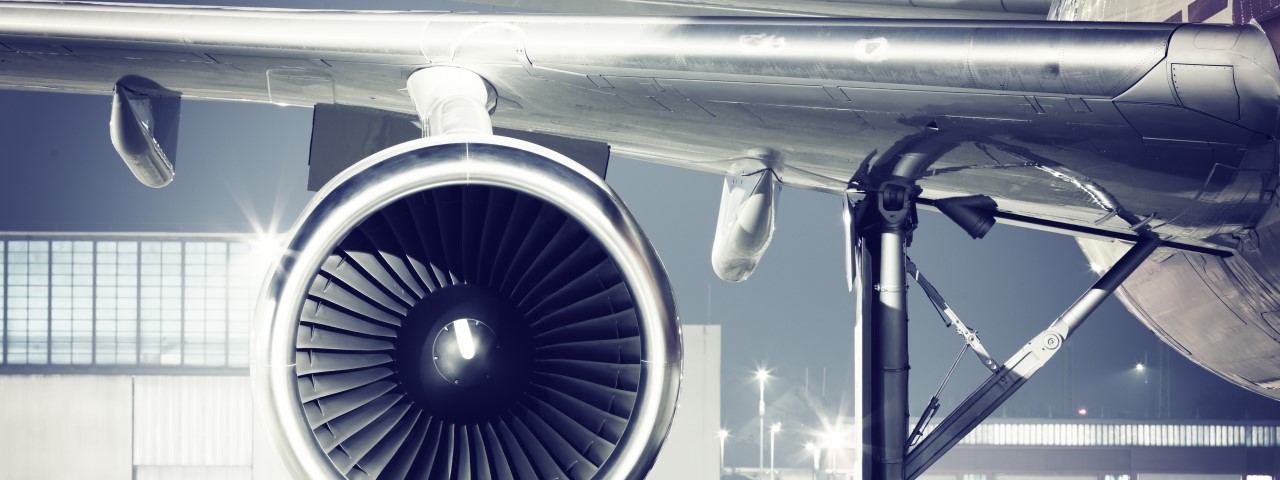
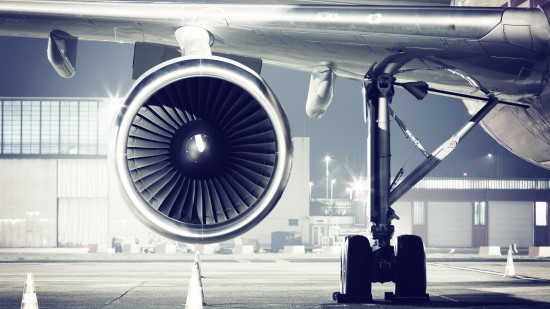 Commercial electric planes could be here sooner than you think. Let’s take a look at how close we are to flying in electric aircraft.
Commercial electric planes could be here sooner than you think. Let’s take a look at how close we are to flying in electric aircraft.


